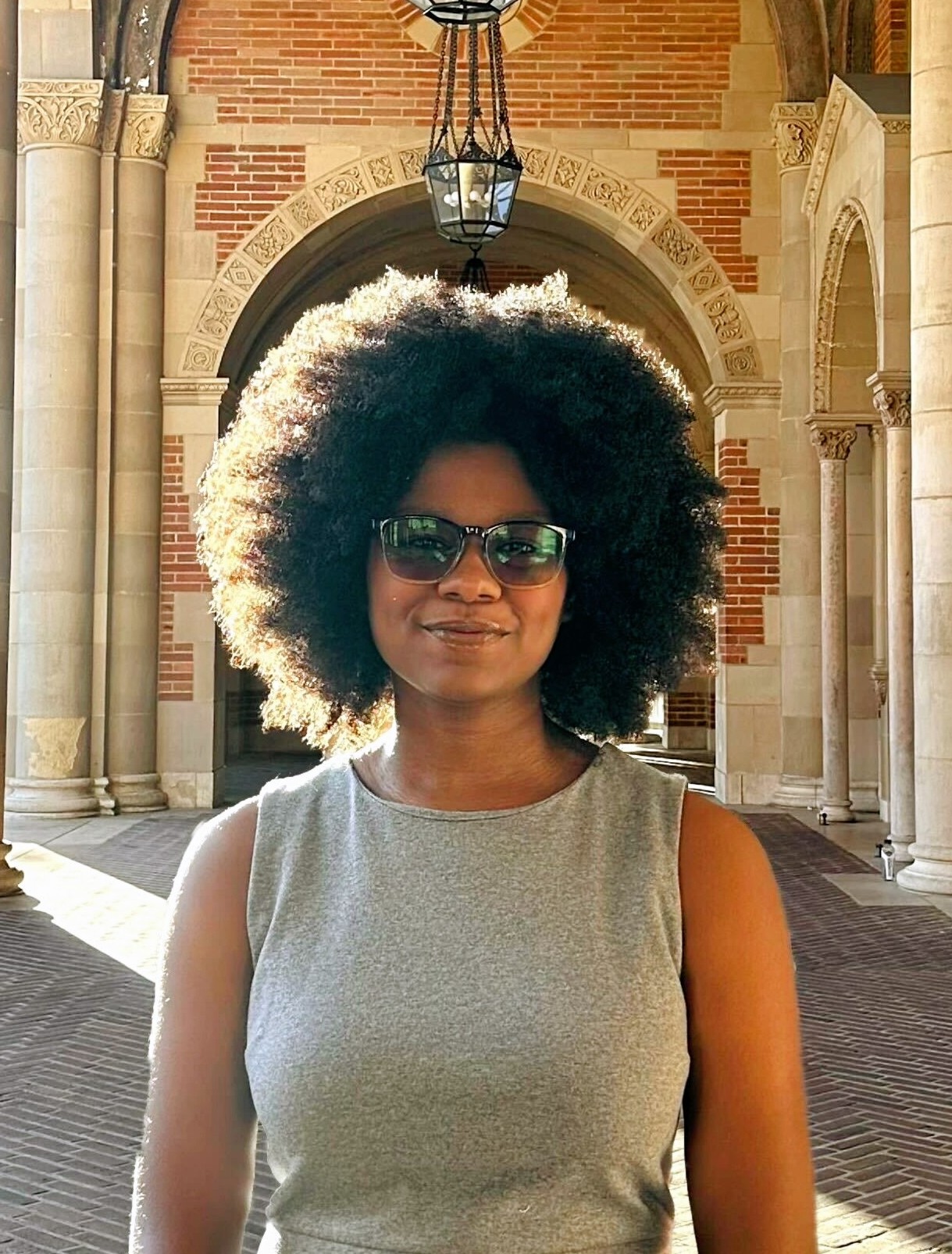Below is a summary of the abstract you submitted. Presenting author(s) is shown in bold.
If any changes need to be made, you can modify the abstract or change the authors.
You can also download a .docx version of this abstract.
If there are any problems, please email Dan at dar78@pitt.edu and he'll take care of them!
This abstract was last modified on March 18, 2024 at 7:03 p.m..

Temperate bacteriophages are viruses that integrate their DNA into a bacteria’s genome. These bacteriophages can infect Arthrobacter, a genus of bacteria found in soil that can be used for bioremediation by degrading pollutants in the soil. While bacteriophages are abundant in soil, there is a lack of research on the temperate bacteriophages that infect Arthrobacter, which could hinder Arthrobacter’s bioremediation abilities in soil. This study explores Arthrobacter bacteriophage integrase genes—which mediate viral DNA integration—to better understand bacteriophage lysogeny. Bacteriophages were isolated from soil, and their DNA was processed for sequencing. We specifically looked at Arthrobacter phages in clusters identified as typically being of a temperate lifecycle by PhagesDB: AS, AY, FA, FF, FG, and AZ. In order to understand which temperate Arthrobacter clusters are more similar, a gene content network phylogeny was created, and it indicated that AZ, FA, and FF bacteriophages showed close genomic similarity, while bacteriophages of the AZ cluster showed a high level of intra-cluster similarity and significant dissimilarity to other clusters examined. Intercluster analysis of gene content similarity and bacteriophage gene maps concluded that most temperate Arthrobacter bacteriophages contain tyrosine integrase genes. Bacteriophages in the AZ1, AZ2, and AZ3 clusters contain only serine integrase, while AZ4 bacteriophages do not currently contain an identifiable integrase, but do contain other genes related to lysogeny such as the immunity repressor. It can be concluded that temperate Arthrobacter phages with tyrosine integrases are more similar to each other than those with serine integrases. Furthermore, integrase genes are prominent for establishing latency, confirmed by its conservation within and between clusters.


